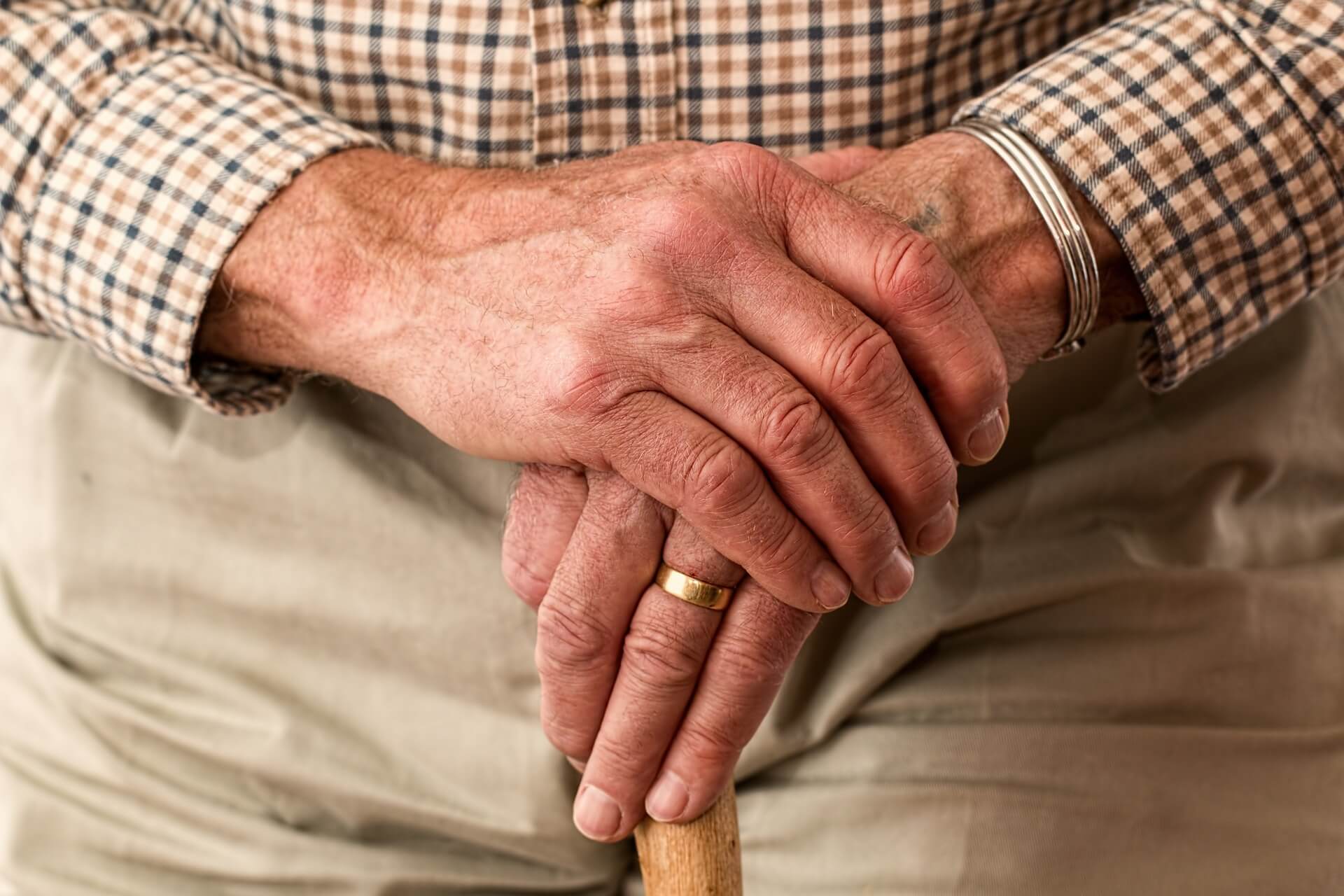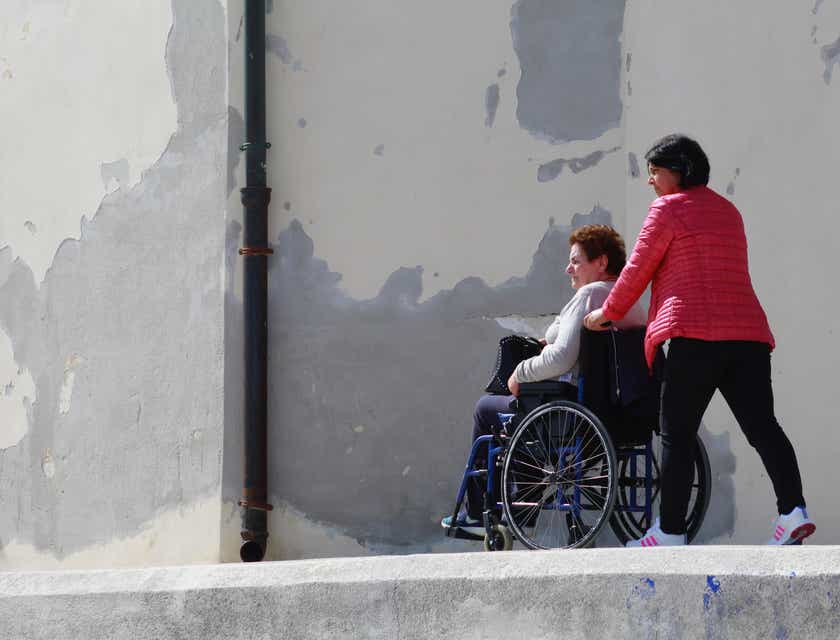Senior caregivers can find it quite challenging to keep the elderly well-nourished, especially if the senior has problems with chewing and swallowing. A steady diet of baby food-like mush can make seniors dread their next meal. Dealing with the challenges of feeding those seniors can lead to caregiver stress.
So, the European Union is funding a consortium of five European countries along with 14 companies called PERFORMANCE (which stands for PERsonalised FOod using Rapid MAnufacturing for the Nutrition of elderly ConsumErs), to help develop 3D-printed “smoothfood” to create a more appetizing-looking meal.
German company Biozoon created Smoothfood, in which deconstructed foods that are safe to ingest without chewing are reconstructed to look like conventional meals by using plant-based solidifying agents and poured into food-shaped silicon molds. While the food retains its shape on the plate, it completely dissolves in the mouth, making it safe for those with chewing and swallowing impairments.

Dysphagia, or difficulty swallowing food, affects as many as 15 million Americans and according to the Agency for Health Care Policy and Research (AHCPR), over 60,000 Americans die from complications associated with swallowing dysfunctions each year. Many times, victims of stroke find themselves unable to chew and swallow regular food.Currently, those seniors have no choice but to eat a variety of pureed foods, much like baby food. Needless to say, a constant diet of unappealing and uninteresting food has been shown to cause a loss of appetite and lead to malnutrition.
Nursing homes and assisted living facilities are already overtaxed and overburdened with senior care, so the objective of the PERFORMANCE project is to utilize new processing approaches and tailor-made technologies for the use by small and medium sized (SME) food producers to produce personalised food for the frail elderly European consumer, thereby improving the quality of life.
Over 1,000 retirement homes in Germany have already implemented the smoothfood concept according to Wired UK. The PERFORMANCE project is hoping to take that idea and, by applying automated 3D printing technology, make it easier and more affordable to use on a broader scale by nursing homes and assisted living facilities.
But how does that food taste? Sandra Forstner, the project manager at Biozoon spoke to food blog Munchies about the taste of 3-D printed food. “The food tastes like normal food. It is made from fresh ingredients, so the taste doesn’t change. One of our goals is not to change the flavor; the texturizing system doesn’t change it.”







